 "ranwhenparked" (ranwhenparked)
"ranwhenparked" (ranwhenparked)
10/09/2020 at 22:23 • Filed to: None
 15
15
 8
8
 "ranwhenparked" (ranwhenparked)
"ranwhenparked" (ranwhenparked)
10/09/2020 at 22:23 • Filed to: None |  15 15
|  8 8 |
Just as some people (Kennedy family?) and places (Love Canal?) seem to be plagued by some sort of curse, the same can hold true of ships. Or, in this case, three different ships, all sharing the same name – MS Stockholm .
In the years before commercial air travel was mainstream, the Swedish American Line served as Sweden’s national flag shipping firm, linking the country with ports in the United States and Canada. Although a storied company with an excellent reputation, Swedish American never really competed with the big British, Italian, French, and German lines in the field of giant superliners. Primarily because they served less densely traveled routes, they simply didn’t have the need for gigantic and fast express liners, and so, for most of their history, tended to build more moderately sized ships (often passenger/cargo combi vessels) with economical speeds.
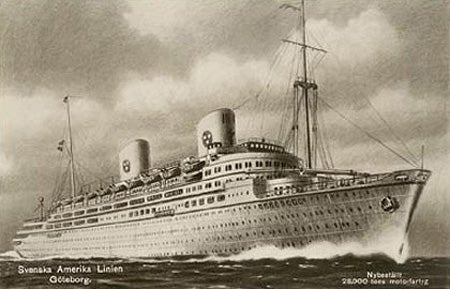
1938 postcard issued by Swedish American Line of their upcoming flagship
That changed in the 1930s – Germany, Italy, France, the United Kingdom, The Netherlands, and even the United States – had all built, or were building, new generations of giant, modern express liners,and Swedish American’s management felt that the time had finally come to make a dramatic statement of their own with Sweden’s first ever super liner, which would, appropriately, carry the name of the nation’s capital. The new Stockholm would serve as a Ship of State, carrying Sweden’s flag to foreign ports and would be furnished and decorated with artwork commissioned from the finest artisans in the country. The decision was prompted, in part, by nationalistic pride, and partly by Swedish American’s growing popularity with American travelers. The company had started sending some of its ships on leisure cruises in between transatlantic crossings during the 1920s, which appealed to alcohol deprived American passengers, and SAL’s high standard of service was impressive enough to build a high level of passenger loyalty. After all, even if your final destination wasn’t Sweden, you could still sail an SAL liner from New York and disembark in the UK or France, if that was where you were heading. Based on those rising numbers of foreign travelers, SAL finally felt they were justified in building a larger vessel.
However, no Swedish shipyard had ever built so large and complex a vessel, so Swedish American decided to contract with a foreign yard that had more experience in the matter – Cantieri Riunite dell’Adriatico SpA in Monfalcone, Italy (now part of Fincantieri). The ship would be over 30,000 gross tons and 642 ft long, fully 50% bigger than any other vessel in the Swedish merchant marine at the time. Power would, unusually for the time, come from a set of 3 10-cylinder Sulzer diesel engines with a combined 20,000 hp, giving a speed of about 20 knots. Not anywhere close to a speed demon, but not terribly slow for the era. Up until now, diesels had mostly been used for smaller and slower ships on secondary feeder routes, using them for a flagship liner was something of a novelty.
Construction began in early 1937, and everything seemed to progress as planned.
Stockholm
was launched on schedule in May of 1938, and delivery was expected in Spring 1939. Unfortunately, fire broke out at the fitting out berth in December of 1938, the burning contents of the interiors created toxic gasses that prevented firefighters from entering the ship. Water pumped on board caused instability, and
Stockholm
capsized at her berth. The fire damage, combined with structural problems from laying on her side caused the ship to be ruled a total constructive loss, and she was quickly cut up for scrap where she lay, although the engines proved salvageable and were removed for use in the replacement that the insurance company was obligated to pay for.
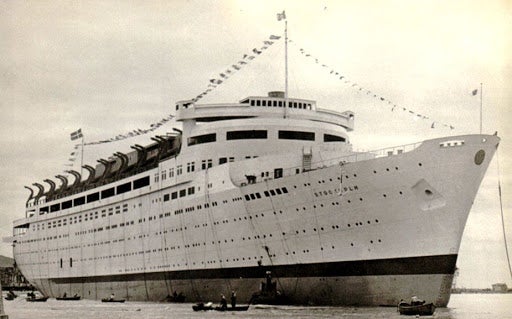
Replacement Stockholm, shortly after launch
Construction on the new, replacement
Stockholm
began in early 1939 and was well under way when WWII broke out in September of that year. Although Italy was on the side of the Axis, Sweden was officially neutral, and the Italian government allowed construction to continue on schedule, perhaps hoping that the war would be over quickly and that things would have to get back to normal soon enough.
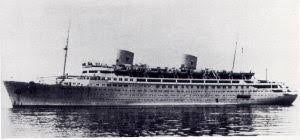
Stockholm on sea trials, October 1941
The ship was launched in March of 1940, with delivery set for October of 1941. Construction was completed on schedule, and Stockholm completed sea trials in the Adriatic, painted in Swedish American livery during October. A delegation from SAL traveled overland from Sweden to tour the ship and be on hand for the trials, but, with the war now two years in and no end in sight, it was clear to them that they no longer had any use for the ship, and even getting home to Sweden safely through several war zones would have been quite a challenge. Reportedly, Swedish American’s president wept as he walked through the elegant Art Deco lounges and realized that his company would never be able to actually operate their new flagship.
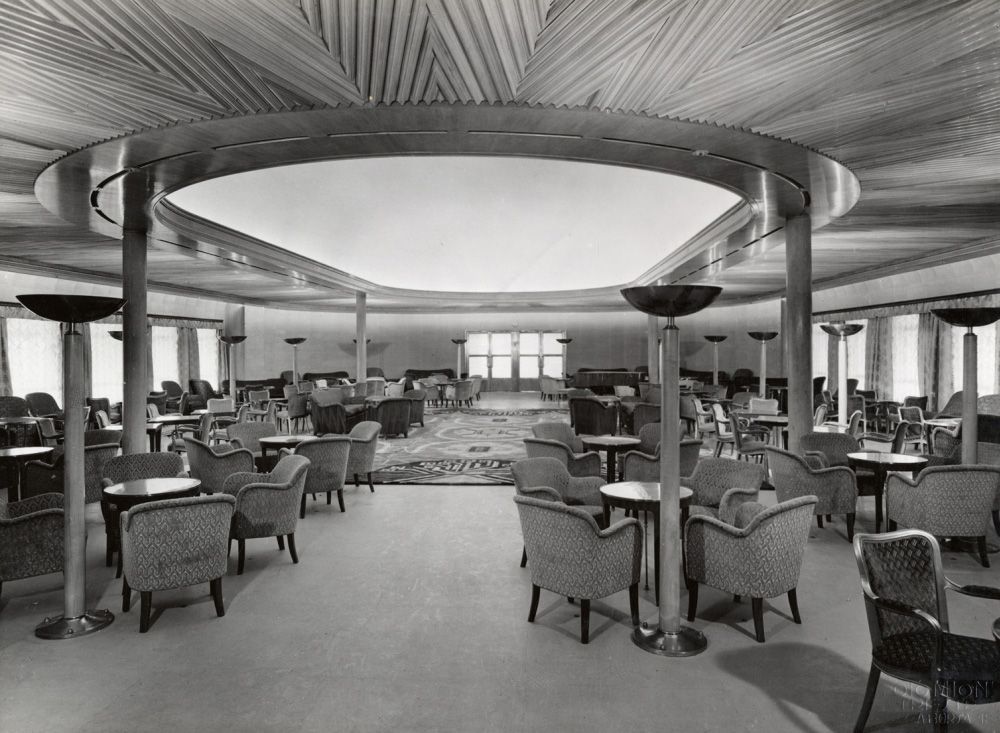
First Class Main Lounge, Stockholm of 1941
SAL immediately opened discussions with the Italian government, the only possible buyer, and, in November of 1941,
Stockholm
was handed over to the Italian Royal Navy and converted into the troop transport vessel
Sabaudia
. It appears that she was never actually used as such, and spent the war mothballed in Trieste, though she was apparently used as a barracks for occupying German troops following Italy’s surrender.
Sabaudia
was hit by an Allied bombing run in July of 1944, burned out, then capsized and sank 24 hours later. The wreck was raised in 1948, sat around in port for awhile, and was finally scrapped in 1949.
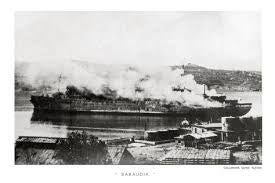
Sabaudia on fire
But, by the time of the fatal bombing raid on Trieste, signs of peace were on the horizon, and, just 3 years after abandoning their new flagship, Swedish American looked to the future, placing an order with AB Götaverken in Göteborg in 1944 for a new passenger cargo combi liner, which would take the name of her stillborn fleetmates. At 12,000 gross tons and 525 ft. long, the new Stockholm was pretty small by international standards, but was still the largest passenger ship ever built in Sweden up to that time. Once again, the choice of power was diesel, in this case, 2 8-cylinder Götaverken engines with 14,000 hp, giving a speed of about 19 knots, at the time, the largest and most powerful diesel engines yet built in Sweden. Although modestly sized, prominent Swedish artisans were again commissioned to design and decorate the interiors, which would again serve as a floating showplace of Swedish arts and culture.
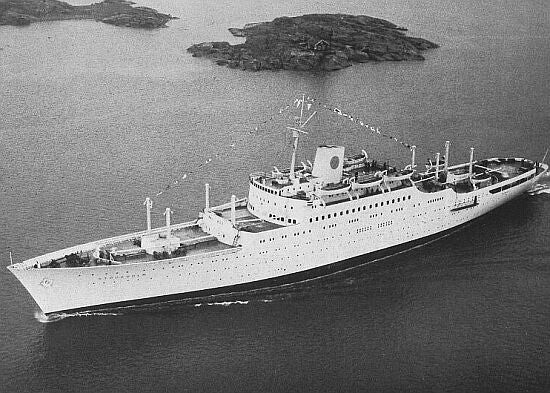
Stockholm of 1948
The new new
Stockholm
began construction in 1945 and finally made her maiden voyage in February of 1948. Once again, cruises to the Caribbean were offered to American customers in between transatlantic voyages during the winter months, and
Stockholm
proved popular enough that her aft superstructure was extended in 1953 to increase passenger capacity.
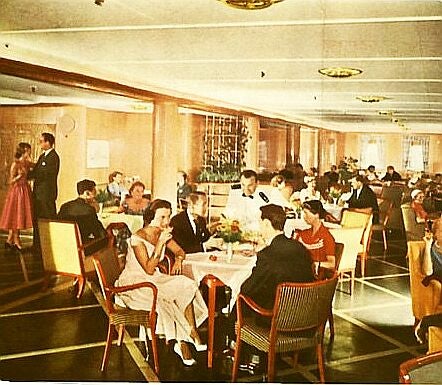
First Class Dining Room, Stockholm of 1948
But, the
Stockholm
curse struck again at 11:10pm on July 25, 1956, when, in dense fog off the coast of Nantucket,
Stockholm
collided with the Italian Line’s
Andrea Doria
, causing the latter vessel to sink within 10 hours with the loss of 46 passengers and crew out of the 1,706 on board. 5 of
Stockholm
’s crew were also killed, as their quarters in the bow were crushed and sheared off.
Stockholm
lost a large portion of her forward bow and settled down 3 feet further into the water, but her bulkheads held and she was able to sail to New York under her own power, with several hundred
Andrea Doria
survivors on board. Repairs were completed by the Bethlehem Steel Corporation in Brooklyn, and she was back in service within 3 months.
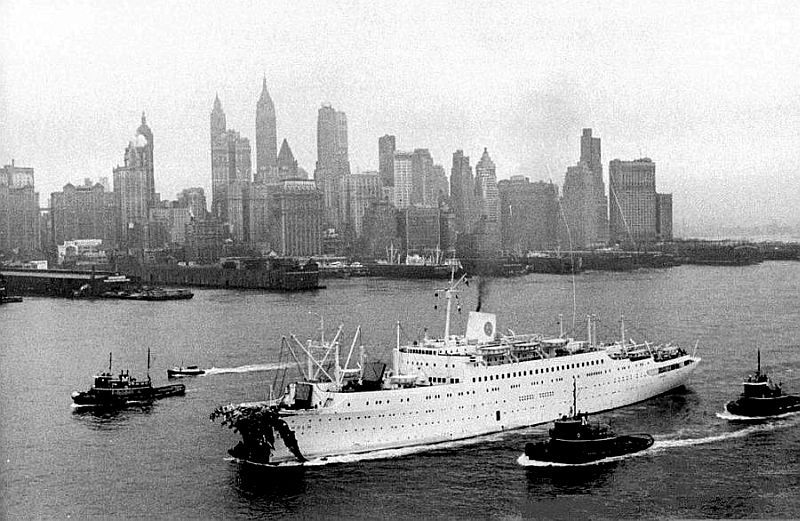
Stockholm arrives in New York, July 27, 1956
However, displaced by newer, larger ships in the fleet,
Stockholm
was decommissioned in 1959, and sold to the East German government in a transaction involving several shady front companies. Renamed
Völkerfreundschaft
(Friendship between nations), she returned to service in early 1960, running cruises and hosting conferences for East German labor unions and the Socialist Unity Party of Germany, as well as charter cruises for Western travel agencies to earn hard currency for the East German government. Initially managed by the state-owned German Shipping Company, ownership was transferred to the Free German Trade Union Federation in 1964, with operations continuing as before.
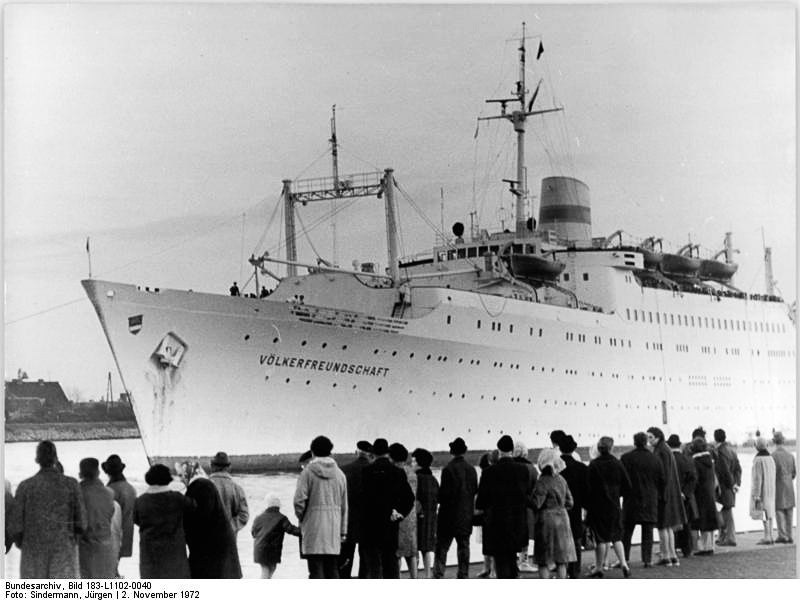
Due to budget cuts, she was laid up in 1985 and transferred to a Panamanian registered (but still East German owned) shell company called Neptunus Rex Enterprises, with her name shortened to
Völker
. After a period of lay up in the United Kingdom, she was chartered to the Norwegian government for use as an accommodation/detention vessel for asylum seekers, under the name
Fridtjof Nansen
. In 1989, East Germany sold the ship to Starlauro Cruises of Italy, but the charter remained in place until 1993. At that point, the aging liner was towed to Genoa, Italy (
Andrea Doria
’s home port) under the name
Italia I
for a through rebuilding into a modern cruise ship. The local press was less than enthusiastic, with headlines heralding the arrival of “The Ship of Death”. The conversion was extensive, with the superstructure and entire interior being gutted and rebuilt
, the engines and mechanical systems replaced, and the stern rebuilt with a duck tail arrangement for improved stability.
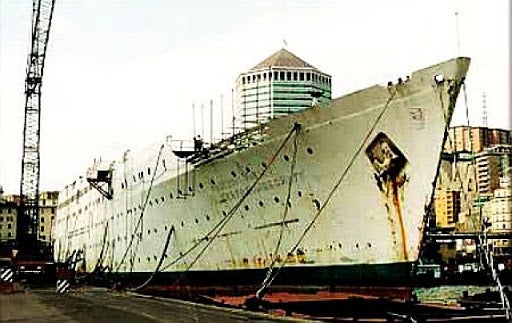
Italia I undergoing rebuild, 1993-1994
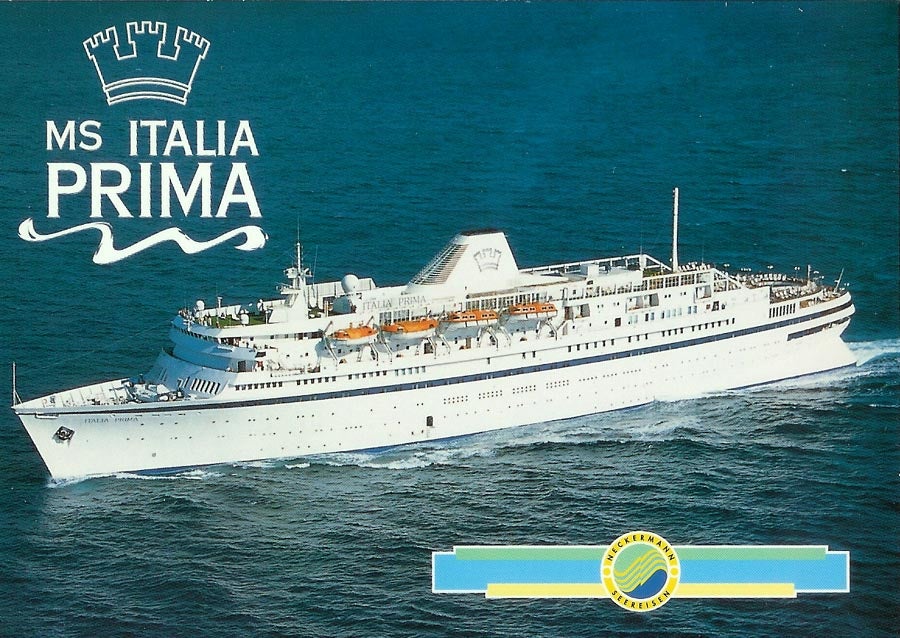
1994 postcard from Neckerman Seereisen of Germany, who were to have originally operated Italia Prima under charter from Starlauro, though I don’t believe they actually did
Rebuilding was finished in 1994, with the ship adopting the new name
Italia Prima
, but never really settled into a stable career. An initial charter to German travel agency Valtur under the name
Valtur Prima
lasted from 1994-2001, when she was laid up in Cuba. After that, Greek-based Festival Cruise Line took over and operated her as
Caribe
from 2002-2005,when she was sold to Classic International Cruises of Portugal and renamed
Athena
, remaining with them until 2013 (including a charter to German based Phoenix Reisen from 2009-2012 and a pirate attack off Somalia in 2008). When Classic International collapsed in bankruptcy,
Athena
found a new home with also Portugese-based Portuscale Cruises as their
Azore
s from 2013-2015, including a charter to Ambiante Cruises of Germany. Finally, in 2015,
Azores
was acquired by UK-based Cruise & Maritime Voyages and renamed
Astoria
. Planned for retirement in October of 2020, the end came early with the COVID-19 mandated shutdown of the cruise industry early in the year, followed by the bankruptcy and collapse of Cruise & Maritime Voyages in June. As of October, 2020,
Astoria
remains laid up in Hull, UK awaiting yet another incarnation for a new owner, or, more likely, scrap.
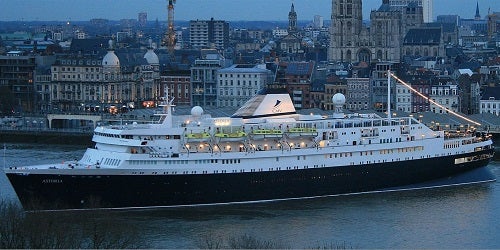
Likely final incarnation as Astoria for Cruise & Maritime Voyages of the UK
 If only EssExTee could be so grossly incandescent
> ranwhenparked
If only EssExTee could be so grossly incandescent
> ranwhenparked
10/10/2020 at 00:00 |
|
The Stockholm walking away from a ship-sinking collision with basically just a broken nose is often attributed to her sensible Swedish designers having built her for icy waters. It can quite literally be likened to a Volvo 240 colliding with an Alfa.
 ranwhenparked
> If only EssExTee could be so grossly incandescent
ranwhenparked
> If only EssExTee could be so grossly incandescent
10/10/2020 at 00:05 |
|
That’s also probably the only reason Lauro was even interested in a 40+ year old hull, when they could have easily done what Costa did at the time and just buy a used container ship to rebuild. It was/is an extremely rugged, overbuilt structure. I understand the hull is still in perfect condition today, after 73 years spent mostly in salt water
 If only EssExTee could be so grossly incandescent
> ranwhenparked
If only EssExTee could be so grossly incandescent
> ranwhenparked
10/10/2020 at 00:11 |
|
It’s definitely had an unusually long career. The military doesn’t even keep hulls around that long.
 Chariotoflove
> ranwhenparked
Chariotoflove
> ranwhenparked
10/10/2020 at 00:39 |
|
Great oppo.
 SmugAardvark
> ranwhenparked
SmugAardvark
> ranwhenparked
10/10/2020 at 01:48 |
|
Good write-up. My grandparents came to the country via the Gothenburg-New York route after escaping the newly formed Soviet U nion, although I’m not sure what specific ship they came over on.
 facw
> If only EssExTee could be so grossly incandescent
facw
> If only EssExTee could be so grossly incandescent
10/10/2020 at 02:12 |
|
Yep, the oldest active ship in commission with the US Navy today (excluding USS Constitution, which despite that GI Joe episode is unlikely to see combat, and USS Pueblo, which is docked in Pyongyang) is the command ship USS Blue Ridge which was commissioned in 1970:
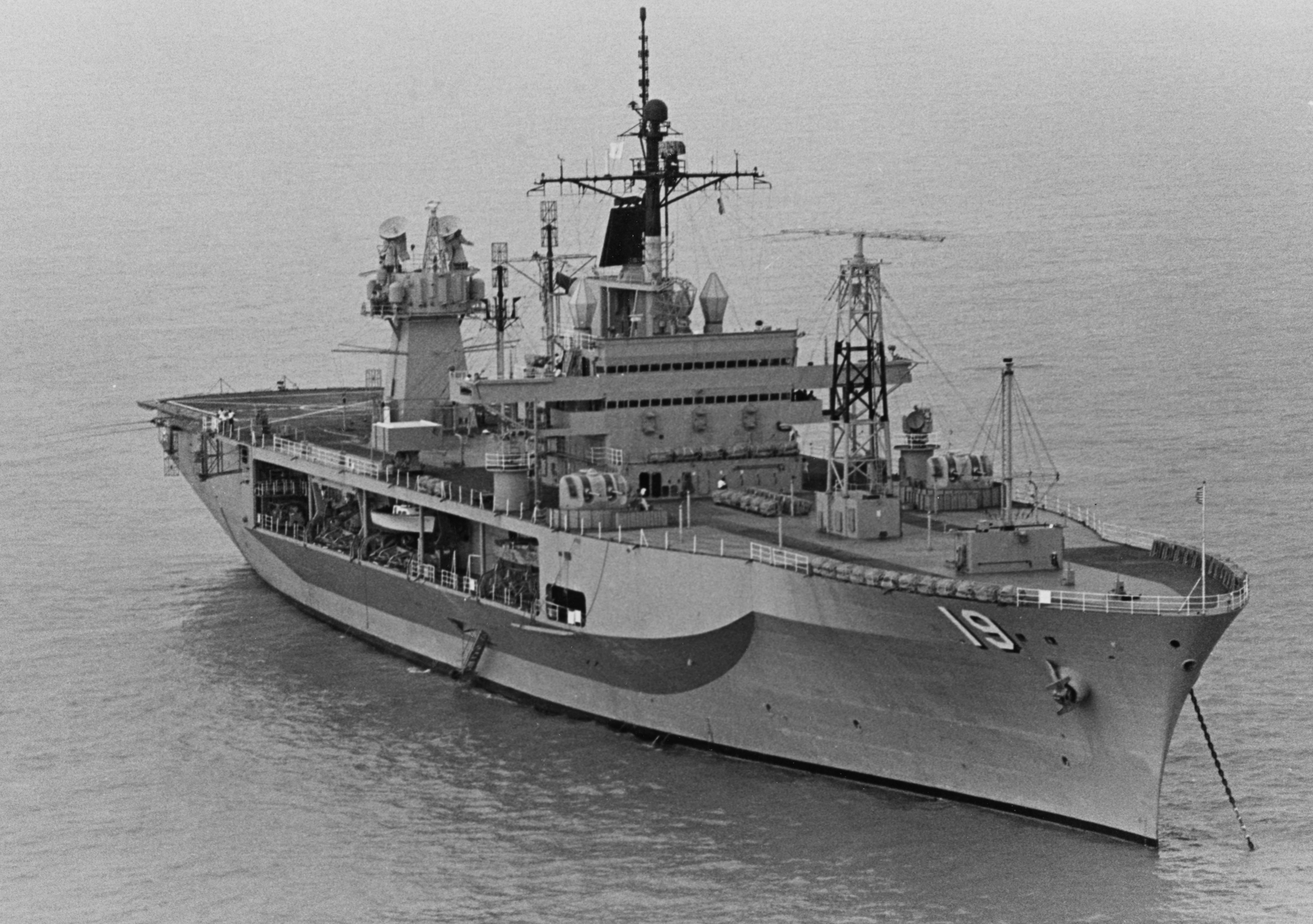
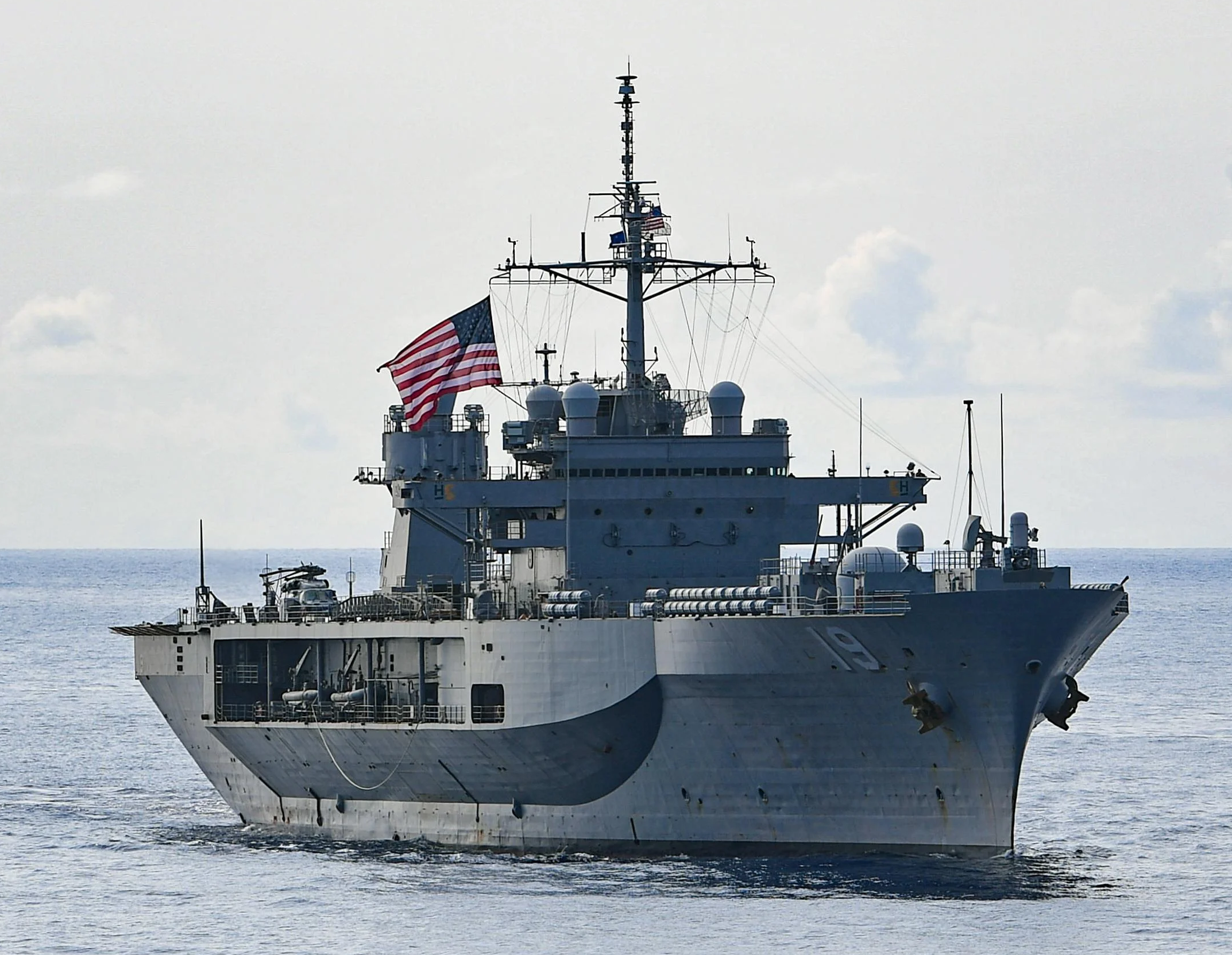
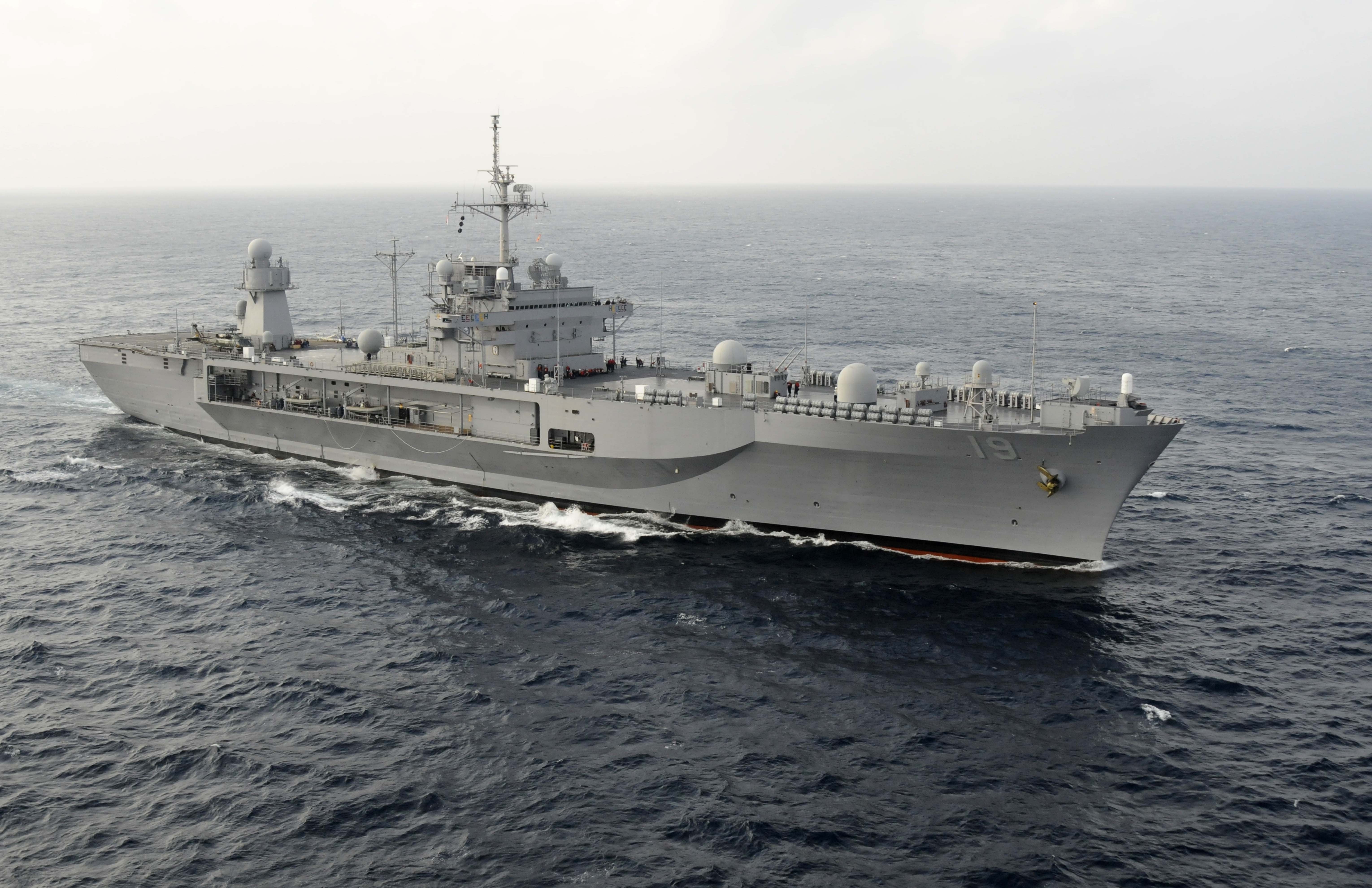
According to wikipedia, the navy does plan to use Blue Ridge until 2039, though that is still not as long as Stockholm has been around. The Navy only has five other ships dating from the ‘70s, Blue Ridge’s sister ship, USS Mount Whitney, the supercarriers Nimitz and Eisenhower, and the submarine tenders Emory S. Land and Frank Cable.
 ranwhenparked
> SmugAardvark
ranwhenparked
> SmugAardvark
10/10/2020 at 07:19 |
|
Good chance it was with SAL, or Swedish North American as they were known then. If it was, it would have been e ither the original Stockholm or the Drottningholm.
 SmugAardvark
> ranwhenparked
SmugAardvark
> ranwhenparked
10/10/2020 at 18:07 |
|
This got me curious, so I think I’ll try and dig through our family records. I know at one point I had located their Ellis Island registries, but I’ll have to try and find it again.